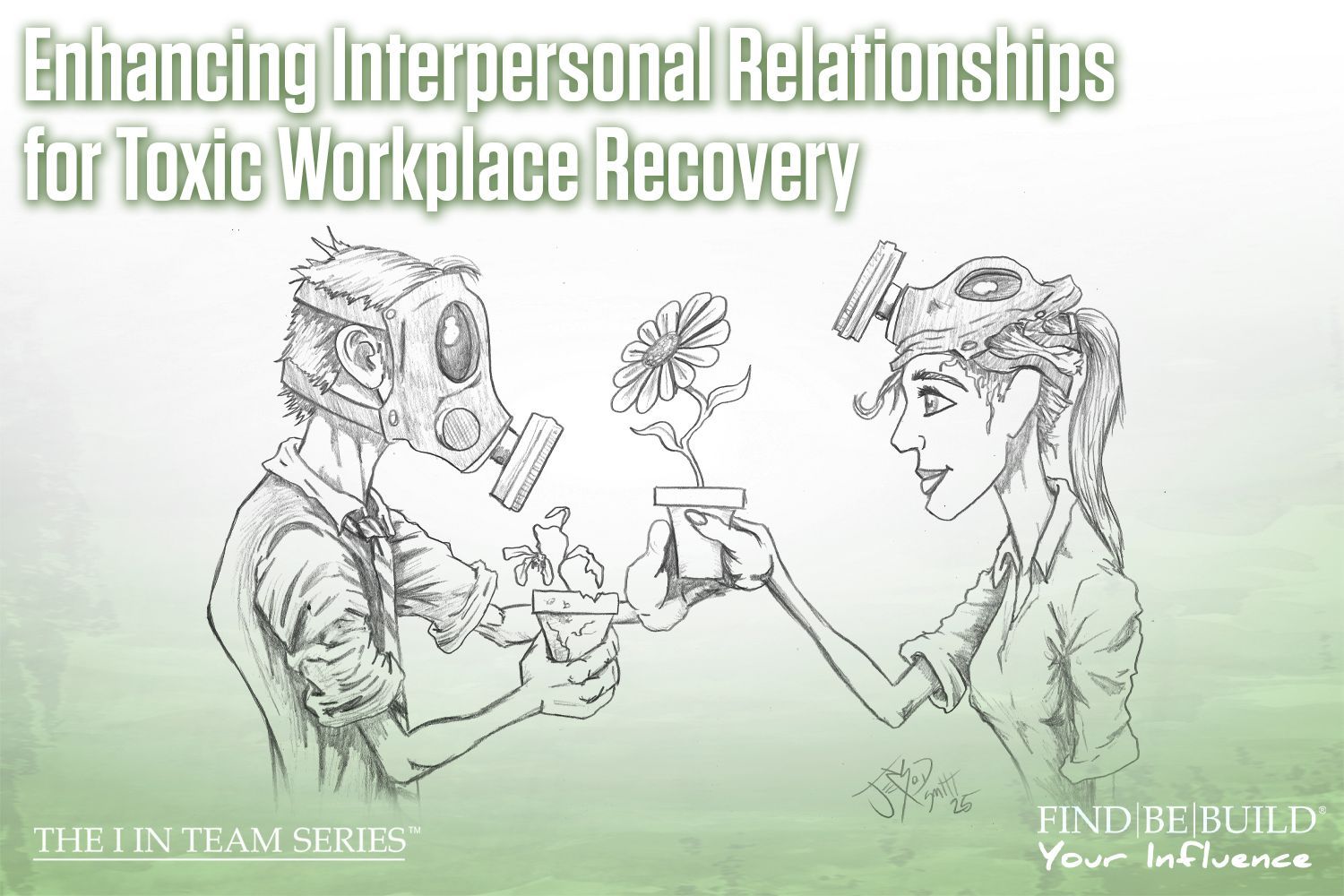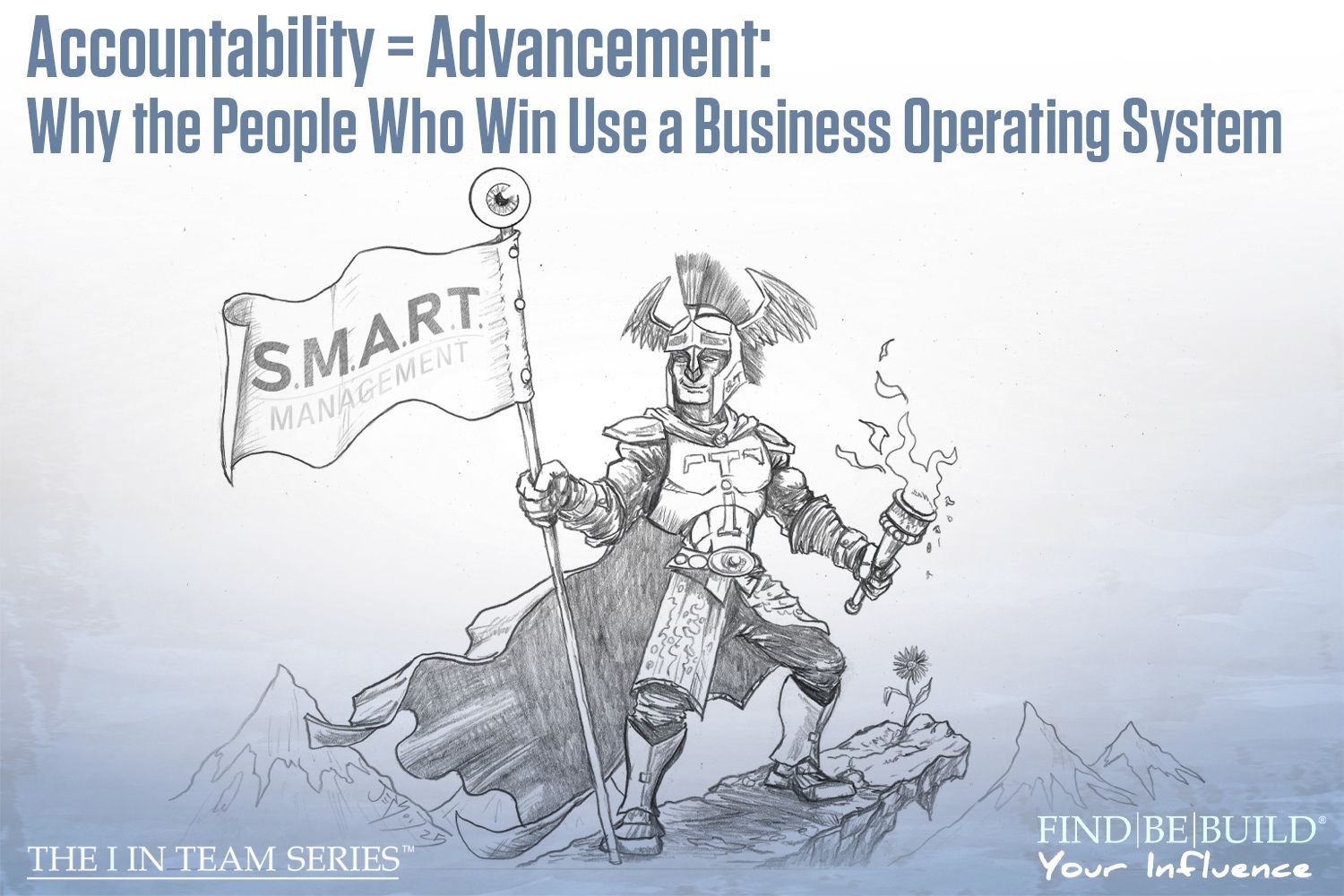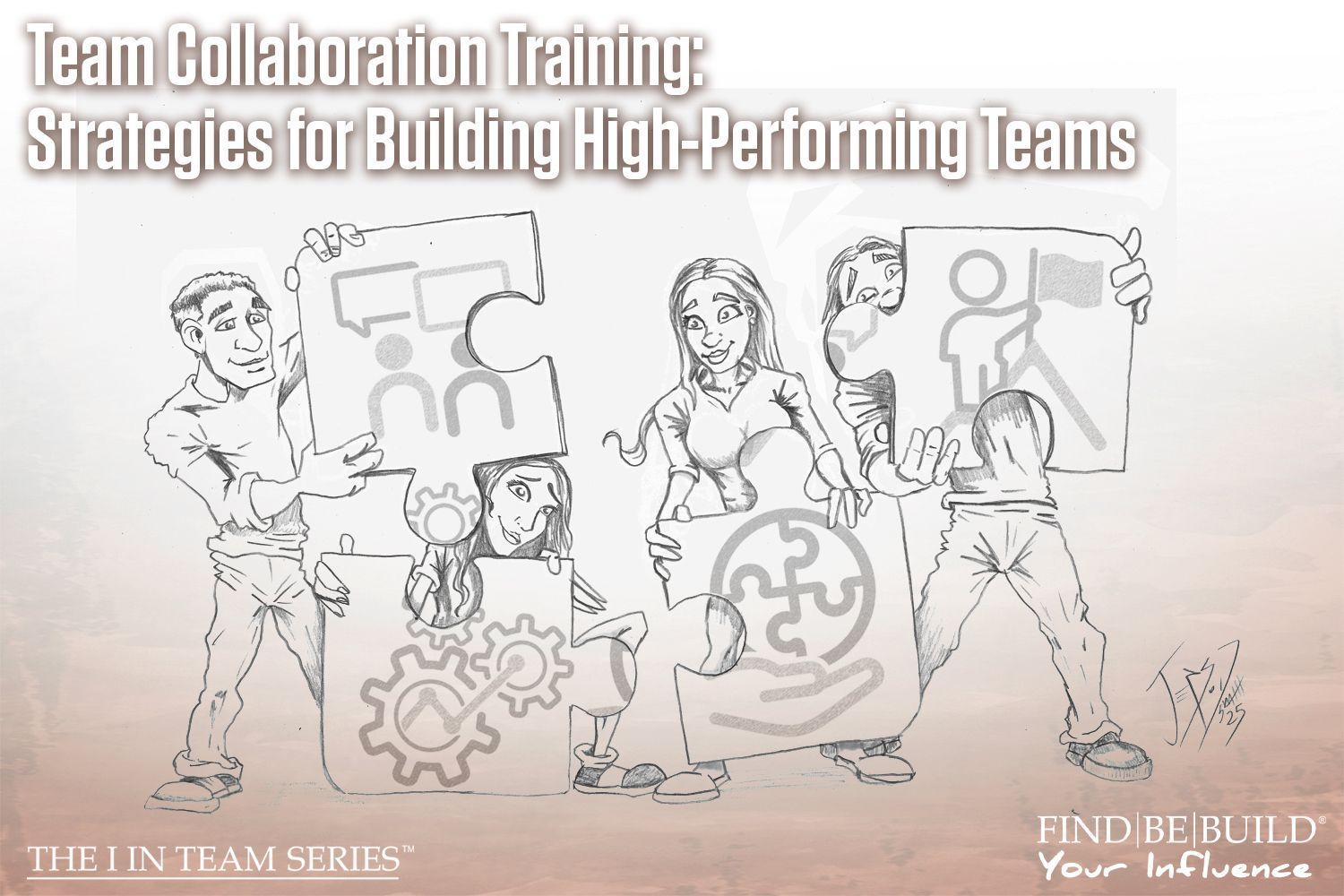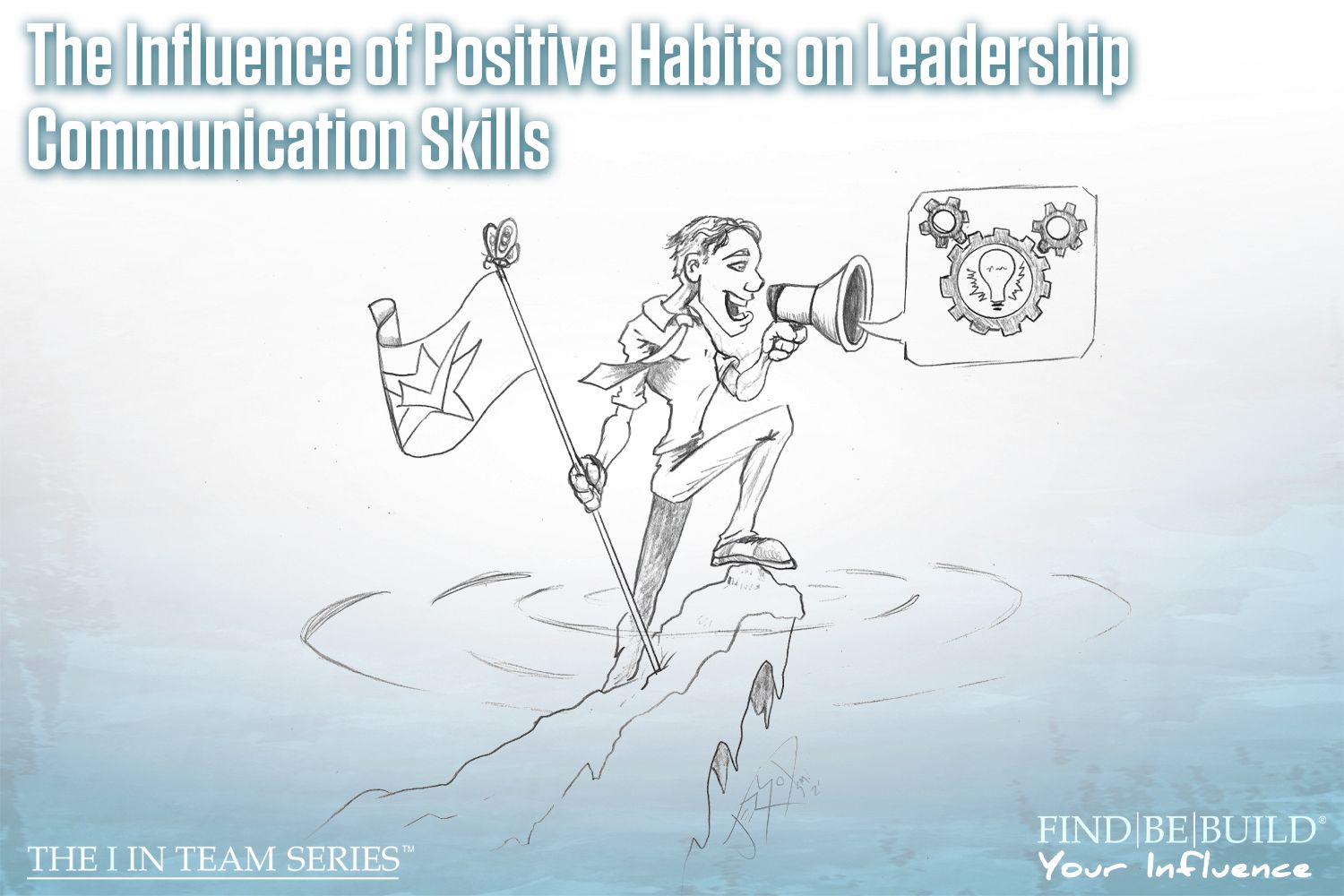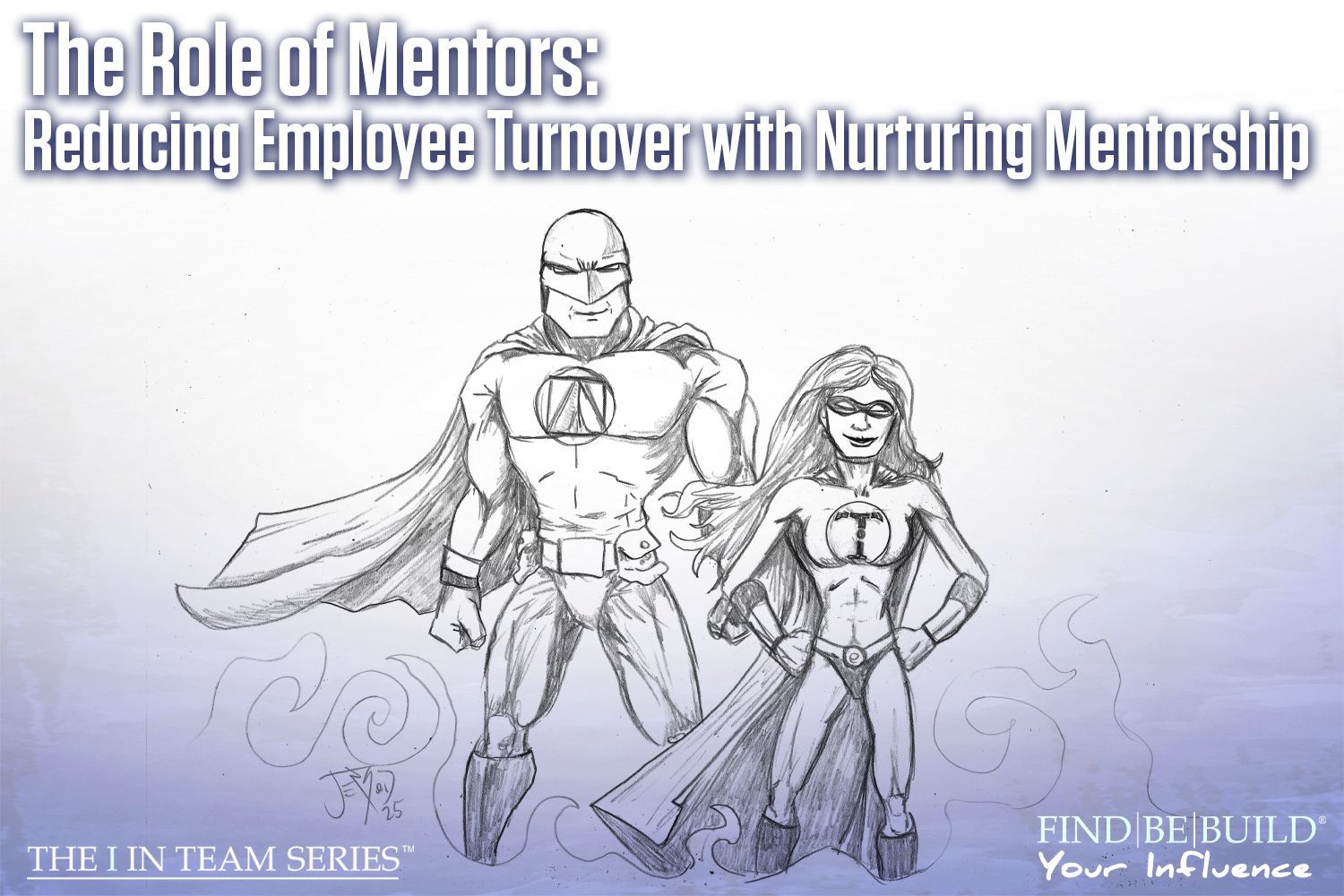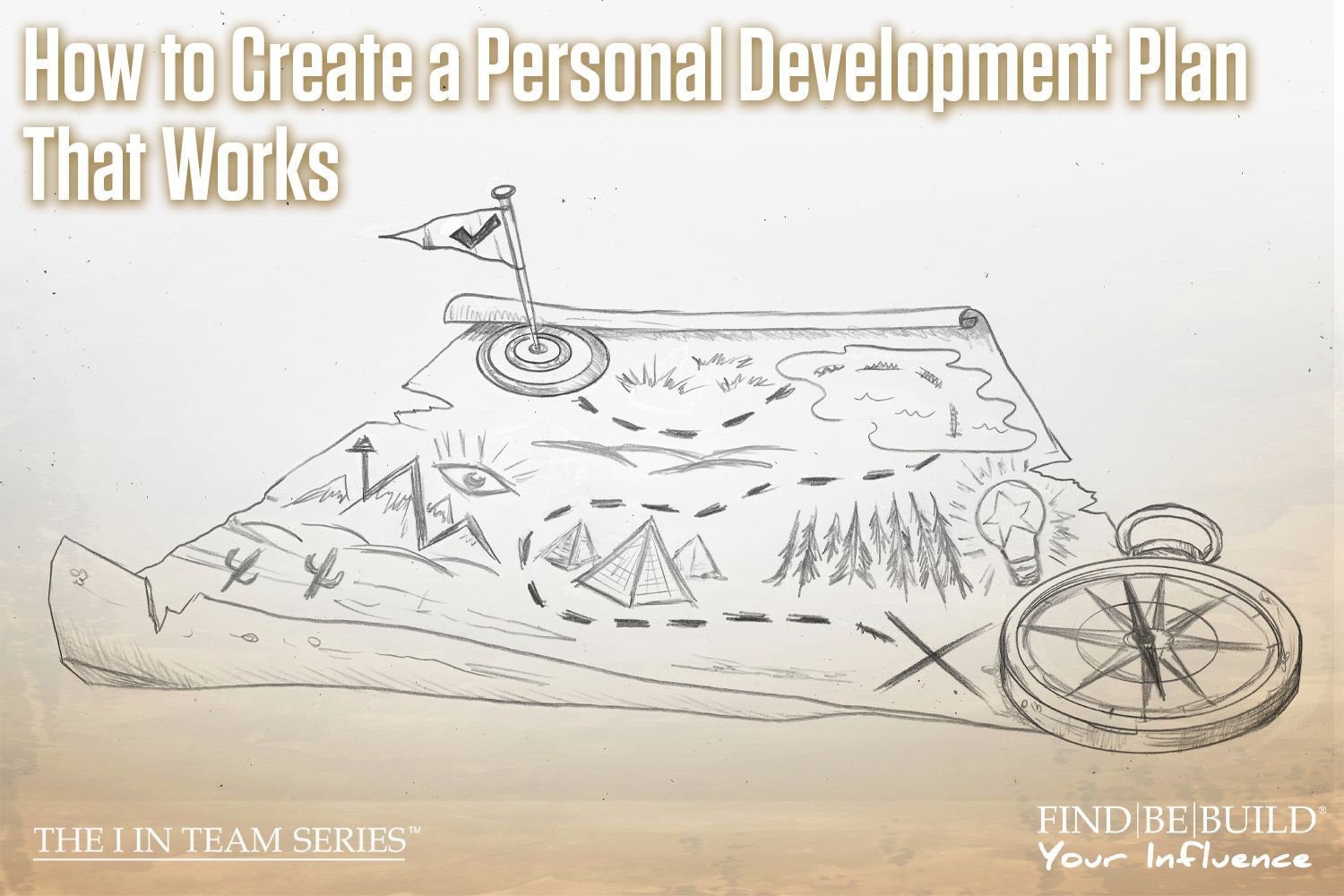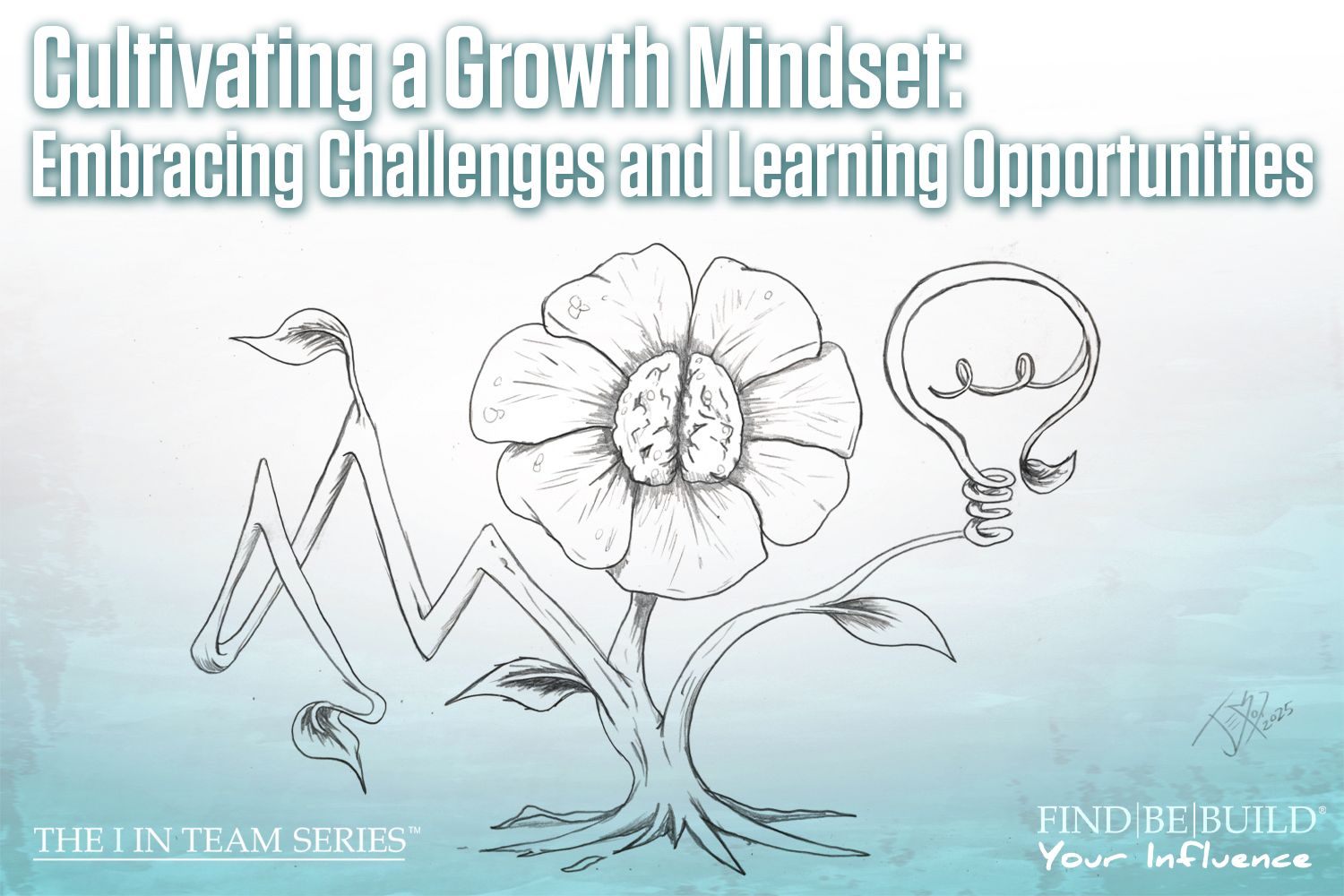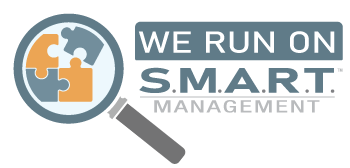To grow your business, don’t cloud your message

Business consulting clarity
Having passion for what you do as a career is one of the cornerstones of maintaining a happy balance of work and personal life. Passion can lead to one being extremely competent and in some cases even a recognized expert in the field in which they work. Passion can also help to bring others into a particular field which helps expose certain products, services , methods, or processes that are highly beneficial to people and companies.
We see this kind of passion often in professions that have a lot of influence over individuals and businesses, such as lawyers, doctors, accountants, I.T. engineers, business consultants, mechanics, and plumbers. Let’s look at consulting as an example of how a person or company, passionate about something, can negatively affect an opportunity for growth and success.
The economic downturn in 2008 has created a new generation of consultants. These educated, hard working men and women spend years learning their trade and then more years perfecting their craft as they gain experience in the real world. Experience creates passion such as a love for a certain type of technology, software, methodology, process, procedure, or policy. Passion is a great thing, until it clouds the message to a prospective client.
A recent example of this came during a visit to a technology company that was hosting an open house. The company is an IT service company led by a very intelligent person with a staff that is motivated and competent. The company has a solid foundation of skills and is located in an area where there is a tremendous amount of opportunity and competition.
The leader of this company is extremely passionate about business process and efficiency. The message you hear from him when he speaks is one you would expect to hear from a management consultant. His ideas and methodology related to his passion are founded in experience and he is a great communicator; except that he owns an IT firm that is not growing and his daily tasks for his clients are generally IT related.
Upon arrival at the open house, the president of the company addressed a crowd of guests and introduced vendors who were all involved with the information technology field. On the walls were banners and items that announced, “This is an IT firm”. The opening message was a short dissertation about how they were an IT company and then it took a 180-degree turn into the world of process and efficiency, and not one more mention of IT.
My next stop at this event was one of the Tech Talks put on by the staff of this IT company. The talk I attended was about transition from one operating system to the latest version; I was excited to hear them flex their knowledge and teach me something about IT. I entered the room where a few other guests were seated and facing a screen with the operating system loaded. Then the tech stated that we would not use the screen but that he would be using the white board instead. Our lesson then digressed into a thirty minute discussion on the methods of learning, and how understanding what we learn would then prepare us for changing operating systems and grasping the concepts adapted in the version. Many of us pushed the speaker to teach us something simple about the operating system, which after prodding he did quite well; however, he continually digressed into his passion about learning and
My point in outlining both experiences is to identify how passion can cloud the direction for a company and hamper its ability to grow, or worse, to hire effective employees. The leader of this IT firm has set an example for his employees that if you can find a way to employ your particular passion into what we do, it’s okay to further that passion in all we do. By changing the discussion at the introduction, the leader had the group wondering if this was indeed an IT Firm or a management firm. He explained how efficiency and process can be affected by IT, and then his engineer further clouded the message by giving a dissertation on the human ability to learn and teach, using the new operating system environment as a tool.
To further add injury to his company, I had the unfortunate opportunity to sit in with the owner and a prospective customer. As I sat there listening to the customer explain their concerns about information technology and their inability to work with other parts of their company, I had to endure it while the IT consultant wove a complex scenario of business process, policy, and procedure for the weary potential client.
When presented with an opportunity so clear that you have two prospects sitting in your office during an after hours event, the last thing you want to do is digress into anything other than what the potential customer is asking for. You cannot create efficiency within an organization that has technology issues by implementing only policy, procedure, or process solutions, not without first understanding the technology in place. This IT professional jumped right over the glaring issues and dived into his passion at first chance.
At the end of the night, I had the opportunity to meet the company’s sole salesperson. This person is a bright and motivated individual that clearly loves sales. During my discussion, I felt that if given the opportunity to meet decision makers, they would hire her company to service their IT needs.
One month later, during a follow up lunch with the IT company owner, I naturally asked how business was going and his response was “It’s not bad”. He told me how his statement is his optimistic approach on a situation if it’s not good. Further discussion led me to ask how the sales person was doing and he was clearly not happy with her performance. He explained how the person was struggling and inquired about his company message. The message remains clouded and unfocused. Companies are not hiring this company because they don’t really understand what they are; in fact I’m not sure the company understands what it is. When I offered a small contract for IT services, they provided the right expertise and service. I have owned an IT firm though, and knew exactly what my client needed and in fact how to do it, so the sales process never got bogged down in a digression of staff’s passions.
If you are trying to grow your company or have people working for you that are responsible for your company’s growth, have a message that clearly identifies your core business strength. You may very well be able to affect change in some ancillary way, such as process, policy, or procedure, but if you’re an IT company sell your IT services. The same goes for lawyers, doctors, accountants and other professions. If you hired a plumber to fix your pipes, you would not likely take him seriously if he showed up and began pitching you lawn care ideas or organizational skills.
Keeping your message clear about your core business is essential to growth and longevity of any business. Digressing into your passion before you acquire the customer only confuses the potential client and hurts your chances of closing a deal. If you have sales people, give them a simple set of products or services, then narrow the discussion for them so that the door can be opened. Once opened and you’ve acquired the customer, introduce your add-on products and services after some credibility has been gained by your competence to deliver the basic services your company is known for.
What are some areas in your business where clarity of message helped increase the effectiveness of your advertising ?
© Individual Advantages, LLC. 2015
The post To grow your business, don’t cloud your message appeared first on IA Business Advisors.
